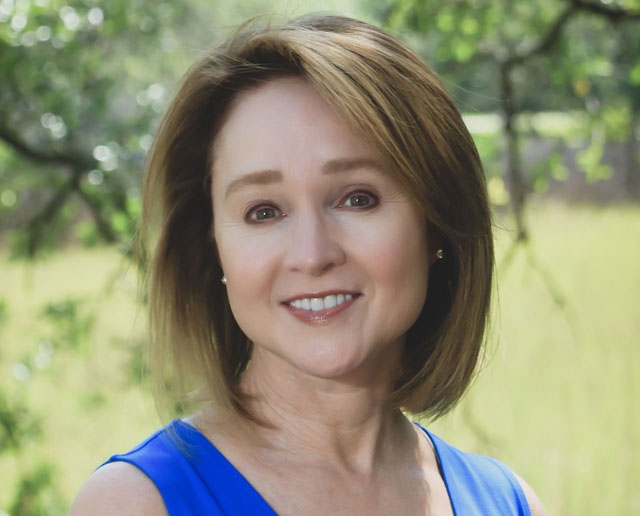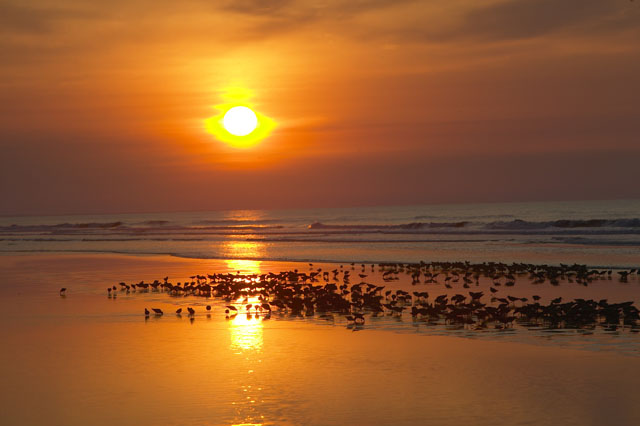How The Lowcountry Has Grown
07 May 2024
Keeping up with the Charleston Metro area population increase over the past decade
By Barry Waldman
Photos by Explore Charleston

Remember Charleston way back in April 2014? Perhaps you don’t, if you’re among the 100,000 new residents who have arrived since then.
What a time that was. Popular restaurants included Jestine’s Kitchen on Meeting Street, McCrady’s, Blossom and Cypress on East Bay, Hominy Grill on Rutledge, Fat Hen on James Island and Martha Lou’s Gullah-Geechee Kitchen on Morrison Drive. Among their replacements: Rodney Scott’s BBQ, Jackrabbit Filly, Chubby Fish, Kwei Fei and The Ordinary.
Icons of longevity, then-current mayors Joe Riley of Charleston, Keith Summey of North Charleston and Michael Heitzler of Goose Creek had logged nine decades of service among them. Summerville’s longtime mayor, Berlin G. Myers, had recently retired; the current mayor is the fourth in the decade since. Governor Nikki Haley was gearing up for re-election.
No one needed to shed a tear at the mention of historic Mother Emmanuel church, no cruise ships anchored at the port and no Mercedes Benz Sprinter vans were manufactured in South Carolina. The Charleston Battery won championships at the nation’s first soccer-only venue, Blackbaud Stadium, now a pile of rubble. The world’s best female tennis players competed at the Family Circle Cup in Family Circle Stadium, now called Credit One.
The area was booming, the population up 29% from 10 years earlier, but 25% less than today. Ohio seemed to be the primary culprit, emptying into the Lowcountry to the point where the minor league baseball team The Charleston RiverDogs even sponsored a Go Back to Ohio night, tongues firmly implanted where Big League Chew ordinarily resides. Today, the deluge of migrants entering the Lowcountry is fueled by the New York metro; Ohio is not even in the top 10 of recent transplants, according to the Charleston Regional Development Alliance.
That flood of humans served as rocket fuel for home prices, more than doubling them in just a decade, about twice the rate of wage growth during that time. That has accelerated pressure in local communities to identify affordable and attainable housing solutions as young people are increasingly left behind in the area real estate market.
Since 2014, the Cainhoy peninsula adjacent to Daniel Island has exploded with development, highlighted (or low-lighted, depending on your perspective) by the 18,000-home Point Hope development now underway. Nexton, then a forested tract on the edge of Summerville, was poised to break ground, setting the stage for the 3,000-home (and growing) master-planned behemoth it is today, dotted with retail, schools and commercial development to support the burgeoning community.
The large, planned developments of Nexton, Carnes Crossroads, Cane Bay and Crowfield Plantation all sprouted prior to 2014, but their tentacles have grown in the last 10 years, along with Google’s expansion and the general march of manufacturing up I-26.
If you were to draw a line at the top of the Charleston area 10 years ago, it would probably have encompassed the upper reaches of Moncks Corner and Summerville. Today, hundreds of area residents travel to Volvo in Ridgeville, where a new battery recycling plant is under construction, pushing the line farther north to I-95. St. George, Harleyville and Pinnopolis no longer feel so far away.
The towns of Hollywood to the south and Awendaw up the coast have taken notice and shut the doors to most new development. Awendaw fears the inexorable march of population from Mt. Pleasant while Hollywood eyes the gathering storm of development down 17 from West Ashley.
Many on Johns Island wish their community had done likewise, now that a network of traffic snarls serves as a daily reminder of what’s been lost to development in the last decade. Many current residents moved to Johns Island just a few years ago for the rural feel not too distant from urban life, but now urban life has arrived at their door and prices have skyrocketed. The hope is that a new pitchfork interchange just completed at Maybank Highway and River Road will quell some of the tie-ups, but no one has any illusions about a smooth commute coming anytime soon. The Mark Clark Extension that would extend the I-526 interstate from West Ashley across Johns Island and James Island with an aim to alleviate traffic recently advanced with the State Infrastructure Bank and Joint Bond Review Committee agreeing to $75 million in funding to kickstart the project, but it still faces hurdles.
If North Charleston was the epicenter of the region in 2014, today it’s more like Goose Creek, 10 miles farther north along Rt. 52. Situated roughly halfway between major manufacturing employers Volvo and Boeing, it is home to the Carnes Crossroads master-planned community and the 936-home Laurel Bay development now under construction. With a supportive city government, large and small developments have swelled the population to 49,000, now the state’s eighth largest municipality.
More importantly, says Goose Creek Mayor Greg Habib, the city is taking note and setting its growth goals to embrace proportional commercial expansion, affording residents the services they need for everyday home life—often within walking distance. That includes supermarkets, schools, professional services, cultural, recreational and dining options.
“I shouldn’t have to drive 20 minutes to get something I need,” Habib said.
In addition, businesses require fewer municipal services and pay higher taxes than residences, supporting police, fire, recreation and sanitation services that residents expect. As a result of the city’s acceleration of commercial development, Goose Creek’s hospitality tax revenues have doubled in the last five years to $3 million.
The philosophy of proactively shaping growth within the city’s boundaries is exemplified by the $50 million public-partnership established between the city and an investment group to create commercial and public space in “uptown” Carnes Crossroads. With a grand lawn and promenade, the city will be able to host events and festivals. A planned 66,000 square feet of commercial space will provide retail, commercial and hospitality services to residents of that community.
“Growth is not inevitable; it’s something you have to cultivate,” Habib said. “Places that are not growing are instead dying.”
That’s the last 10 years; what about the next 10? The Cainhoy peninsula is sure to pulse with new and expanded development, turning Clements Ferry Road into major shopping corridor Sam Rittenburg Jr. The northern boundary of the Charleston metro will creep closer to Orangeburg. The planned Lowcountry Rapid Transit bus line from Ladson to downtown Charleston will whisk thousands of people to and fro, and the roads will hardly notice. And, says Habib, sprawl will continue unless area leaders build consensus on denser growth in the urban cores.
Working it out
The Charleston region’s labor force is growing 3X faster than the U.S. average, to more than 830,000 total residents.
More than 30 people move to the region every day
-Charleston Regional Development Alliance
New Faces
Total Population by city and percent growth from 2010 to 2019
City of Charleston – 137,566 residents (↑14%)
City of North Charleston – 115,382 residents (↑18%)
Town of Mount Pleasant – 91,684 residents (↑34)
-Charleston County Economic Development
Home Sales Up
Single-family detached homes increased in median sales price by nearly 10 percent over the past year.
February 2023 Median Sales Price: $555,000
February 2024 Median Sales Price: $610,000 (+ 9.9%)
-Charleston Trident Association of Realtors












